Wire Diameter
Wire diameter is a measure of the thickness of the wires in the wire mesh. When possible, please specify wire diameter in decimal inches rather than in wire gauge.
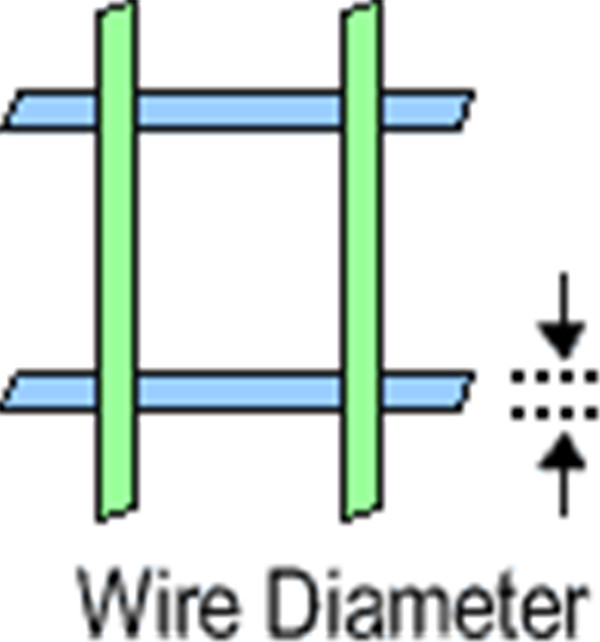
Wire Spacing
Wire spacing is a measure from the center of one wire to the center of the next. If the opening is rectangular, wire spacing will have two dimensions: one for the long side (length) and one for the short side (width) of the opening. For example, wire spacing = 1 inch (length) by 0.4 inch (width) opening.
Wire spacing, when expressed as the number of openings per lineal inch, is called mesh.
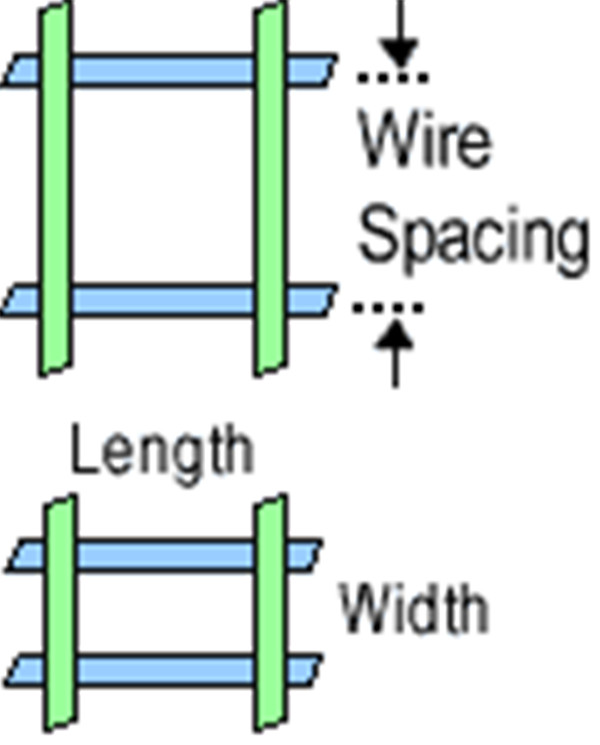
Mesh
Mesh is the number of openings per lineal inch. Mesh is always measured from the centers of the wires.
When mesh is greater than one (that is, the openings are greater than 1 inch), mesh is measured in inches. For example, a two-inch (2") mesh is two inches from center to center. Mesh is not the same as opening size.
The difference between 2 mesh and 2-inch mesh is illustrated in the examples in the right column.
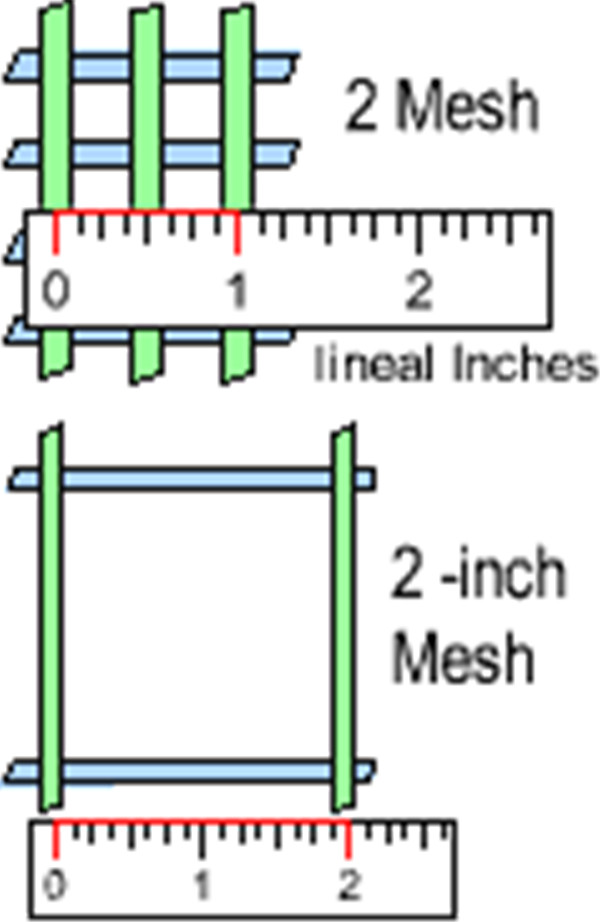
Open Area
Decorative Wire Mesh contains open spaces (holes) and material. Open area is the total area of the holes divided by the total area of the cloth and is expressed as a percent. In other words, open area describes how much of the wire mesh is open space. If the wire mesh has 60 percent open area, then 60 percent of the cloth is open space and 40 percent is material.
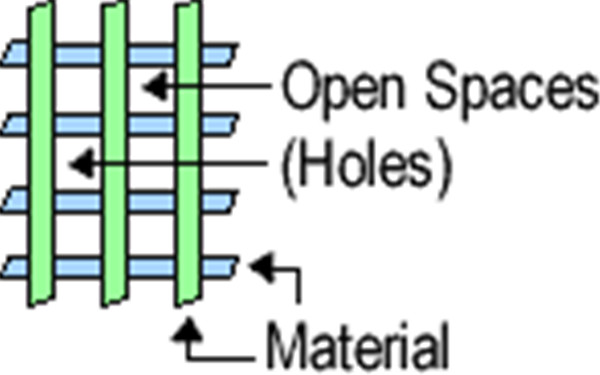
Opening Size
The opening size is measured from the inside edge of one wire to the inside edge of the next wire. For rectangular openings, both an opening length and width is required to define opening size.
Differences between opening size and mesh
The difference between mesh and opening size is how they are measured. Mesh is measured from the centers of the wires while opening size is the clear opening between the wires. A two mesh cloth and a cloth with 1/2 inch (1/2") openings are similar. However, because mesh includes the wires in its measurement, two mesh cloth has smaller openings than a cloth with an opening size of a 1/2 inch.
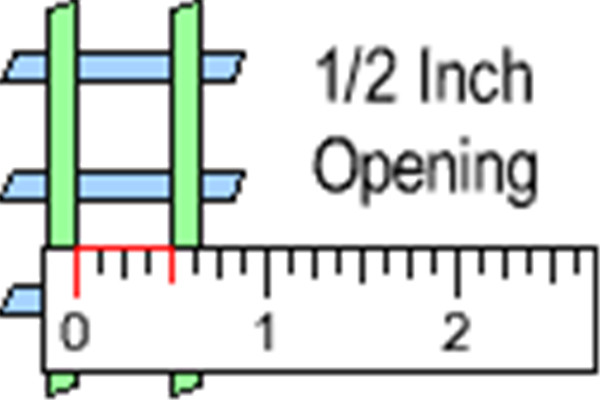
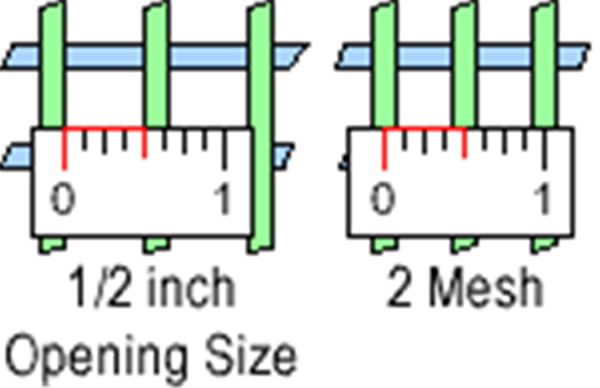
Rectangular Openings
When specifying rectangular openings, you must specify the opening length, wrctng_opnidth, and the direction of the long way of the opening.
Opening Width
The opening width is the smallest side of the rectangular opening. In the example to the right, the opening width is 1/2 inch.
Opening Length
The opening length is the longest side of the rectangular opening. In the example to the right, the opening length is 3/4 inch.
Direction of Opening Length
Specify whether the opening length (the longest side of the opening) is parallel to the length or width of the sheet or roll. In the example show to the right, the opening length is parallel to the length of the sheet. If direction is not important, indicate “None Specified.”
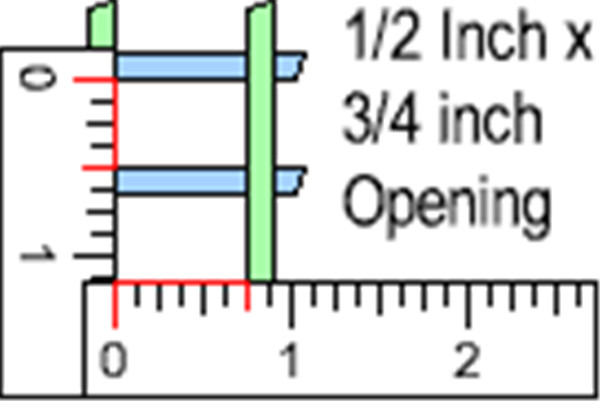
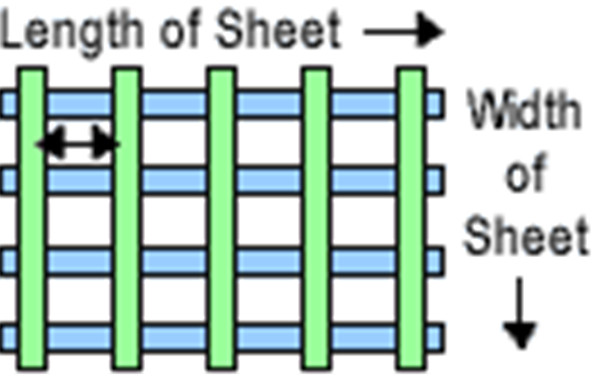
Roll, Sheet, or Cut-to-Size
Decorative Wire Mesh comes in sheets, or the material may be cut to your specifications. Stock size is 4 feet x 10 feet.
Edge Type
Stock rolls may have salvaged edges. Sheets, panels, and cut-to-size pieces can be specified as “trimmed” or “untrimmed:”
Trimmed - The stubs are removed, leaving only 1/16th to 1/8th wires along the edges.
In order to produce a trimmed piece, the length and width measurements must be an exact multiple of each sides' respective wire spacing. Otherwise, when the piece is cut and the stubs are removed, the piece will be smaller than the requested size.
Untrimmed, Random Stubs - All stubs along one side of a piece are of equal length. However, the length of stubs on any one side may be different than those on any other side. Stub lengths between multiple pieces may also vary randomly.
Untrimmed, Balanced Stubs - The stubs along the length are equal and the stubs along the width are equal; however, the stubs along the length may be shorter or longer than the stubs along the width.
Balanced Stubs with Edge Wire - The cloth is cut with untrimmed, balanced stubs. Then, a wire is welded to all sides to produced a trimmed look.
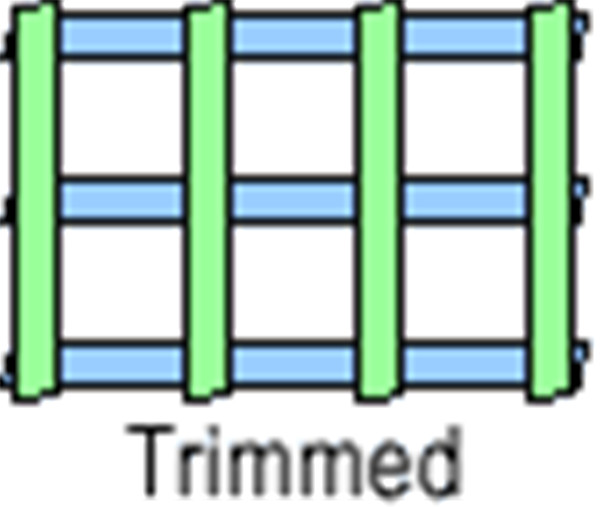
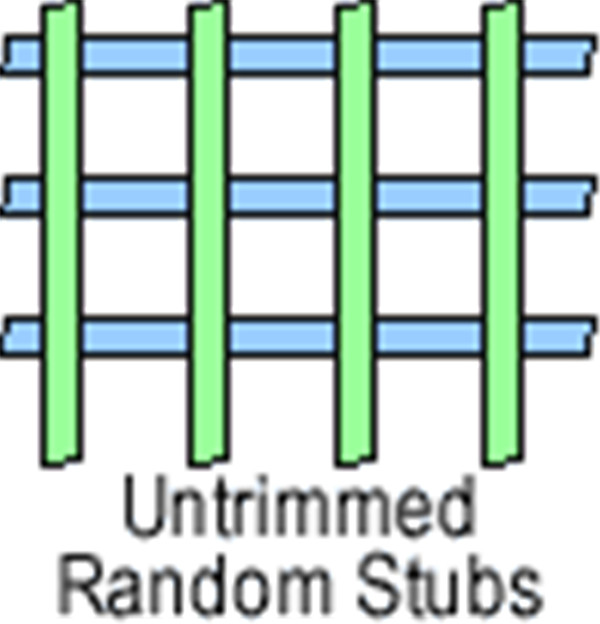
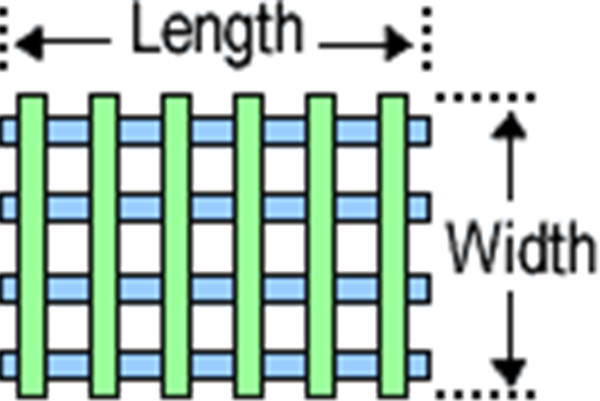
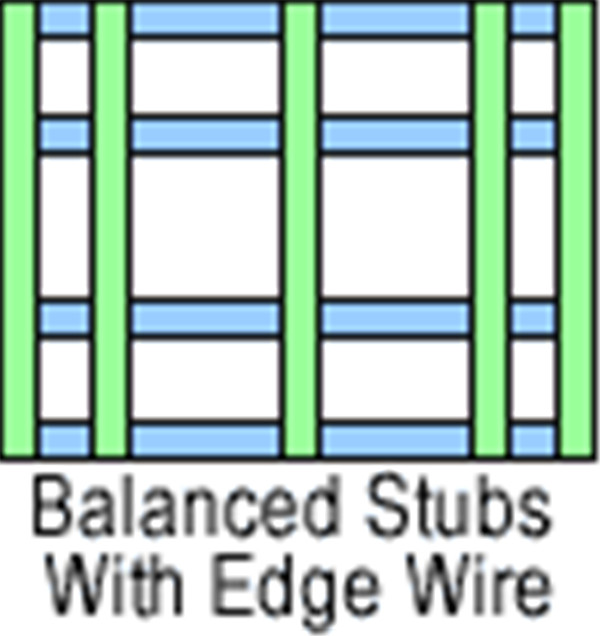
Length and Width
Length is the measure of the longest side of the roll, sheet, or cut piece. Width is the measure of the shortest side of the roll, sheet, or cut piece. All cut pieces are subject to shear tolerances.
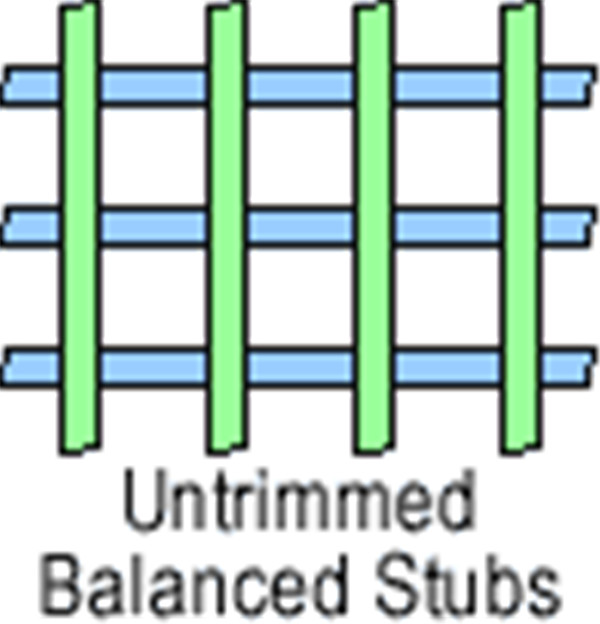
Post time: Oct-14-2022
